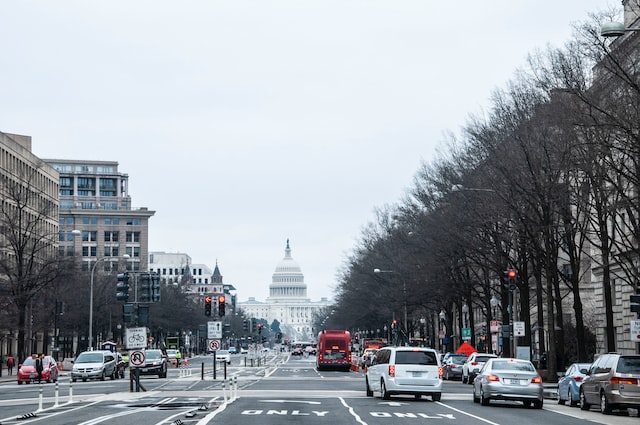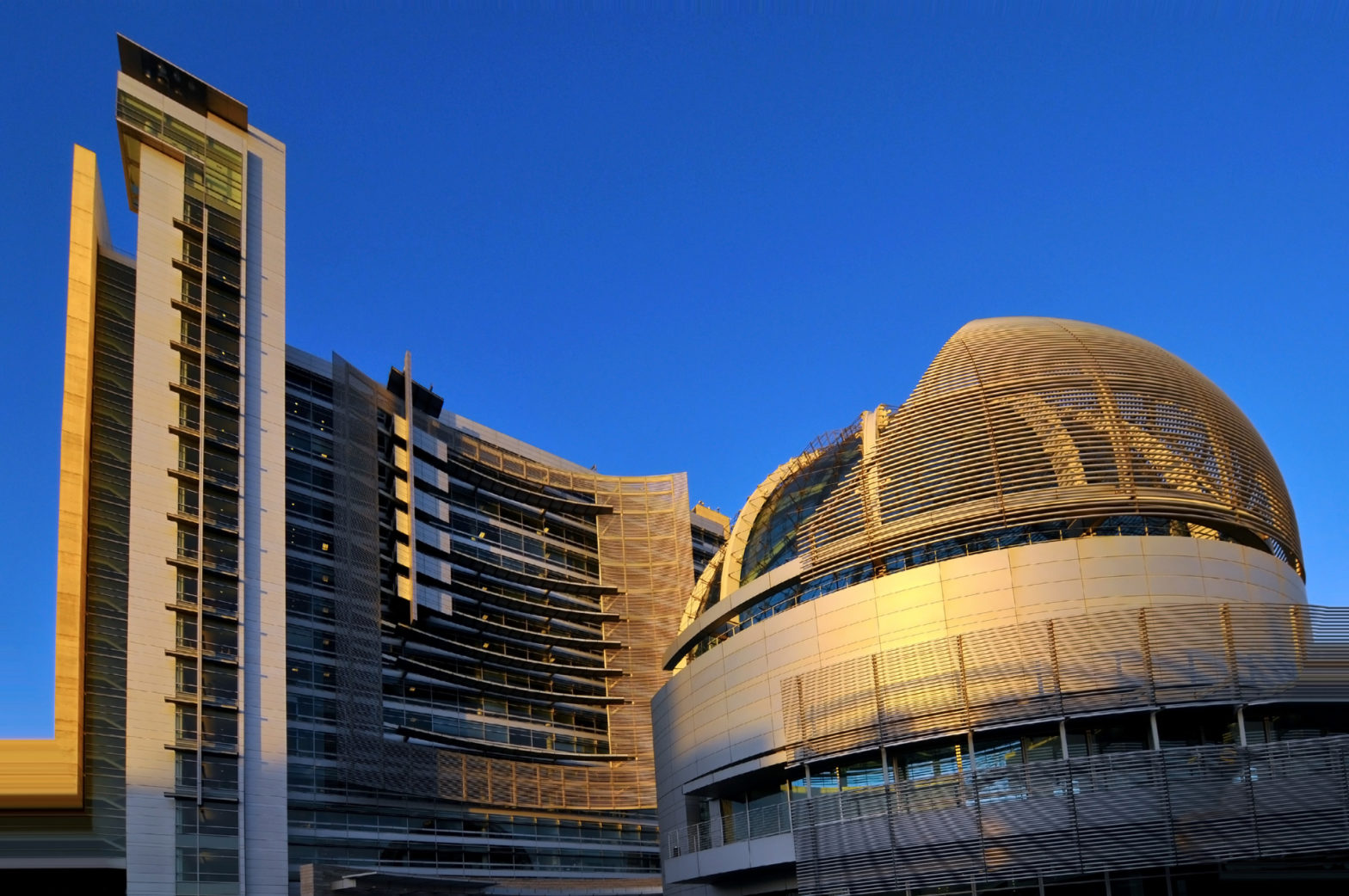
Photo: Maria Oswalt on Unsplash
Washington mayor outlines five-year ‘comeback plan’
10 January 2023
by Sarah Wray
Increasing jobs and the population, closing gaps in housing, food and internet access, and reviving the Downtown district are among the ambitions outlined in Washington, DC Mayor Muriel Bowser’s Comeback Plan.
Launched with the Office of the Deputy Mayor for Planning and Economic Development (DMPED), the Comeback Plan sets out DC’s strategy and six key goals for the next five years.
The document states: “Since DC’s last strategy was published in 2017, the world has changed dramatically. The COVID-19 pandemic upended how we work and how we live and instigated structural economic changes. While economic uncertainty remains, this strategy provides a guide for the District and its partners to pursue a bold vision for equitable economic growth that benefits all District residents.
“While this is an economic development strategy, it integrates priorities and insights from existing District plans that are not typically classified as economic development.”
The plan includes a goal of retaining existing residents and growing the population from around 672,000 today to 725,000 by 2028. The administration particularly wants to find ways to prevent young people from moving away. Between 2018 and 2021, over 35,000 people left DC – primarily those aged between 20 and 34 seeking more affordable places to live in the region, according to the city, which also cited concerns about public safety as an issue.
Reviving Downtown
Bowser wants to transform the Downtown area from a commercial district to a vibrant “24/7 neighbourhood” after the boom in remote working since the pandemic left many offices vacant. The Comeback Plan aims to attract 15,000 additional Downtown residents by adding 7 million square feet of residential units.
The plan aims to create 35,000 new jobs in high-growth sectors including education and research; consulting services; communications and design; hospitality, tourism and entertainment; life sciences and health tech; and technologies such as cybersecurity and artificial intelligence.
Other goals include increasing the share of minority-owned employer businesses to 33 percent and lifting the median household income of Black residents by US$25,000.
Eliminating key amenity gaps in food, housing and internet access is also a priority.
Unlocking potential
“This is a comeback that is focused on equity. This is about making sure we have the revenues to support our world-class city services, our robust network of social programmes, and the resources – like our schools and rec centres – that keep people in DC,” said Mayor Bowser. “People stay in and come to Washington, DC because they want to change the world – because they recognise DC as a place where you can bring big ideas to life. Our comeback is about unlocking the full potential of our people, our neighbourhoods and our businesses.”
One tool the District is using to attract businesses is the Vitality Fund, a new multi-year, performance-based incentive programme designed to support existing companies in target industries that want to stay in DC or are actively planning to relocate or expand there. Expenses such as rent, tenant improvements, down payment assistance, workforce training and recruitment can be covered with the funds.
Other initiatives outlined to meet the strategy goals include developing a Neighbourhood Asset Index to inform investments, creating a Downtown stakeholders’ action plan, and setting up a dedicated entity to drive technology industry growth and job creation.
As the District’s Comprehensive Economic Development Strategy (CEDS), the plan will be submitted to the U.S. Economic Development Administration in the Department of Commerce, enabling the District, local non-profits and universities to pursue certain types of federal funding.








